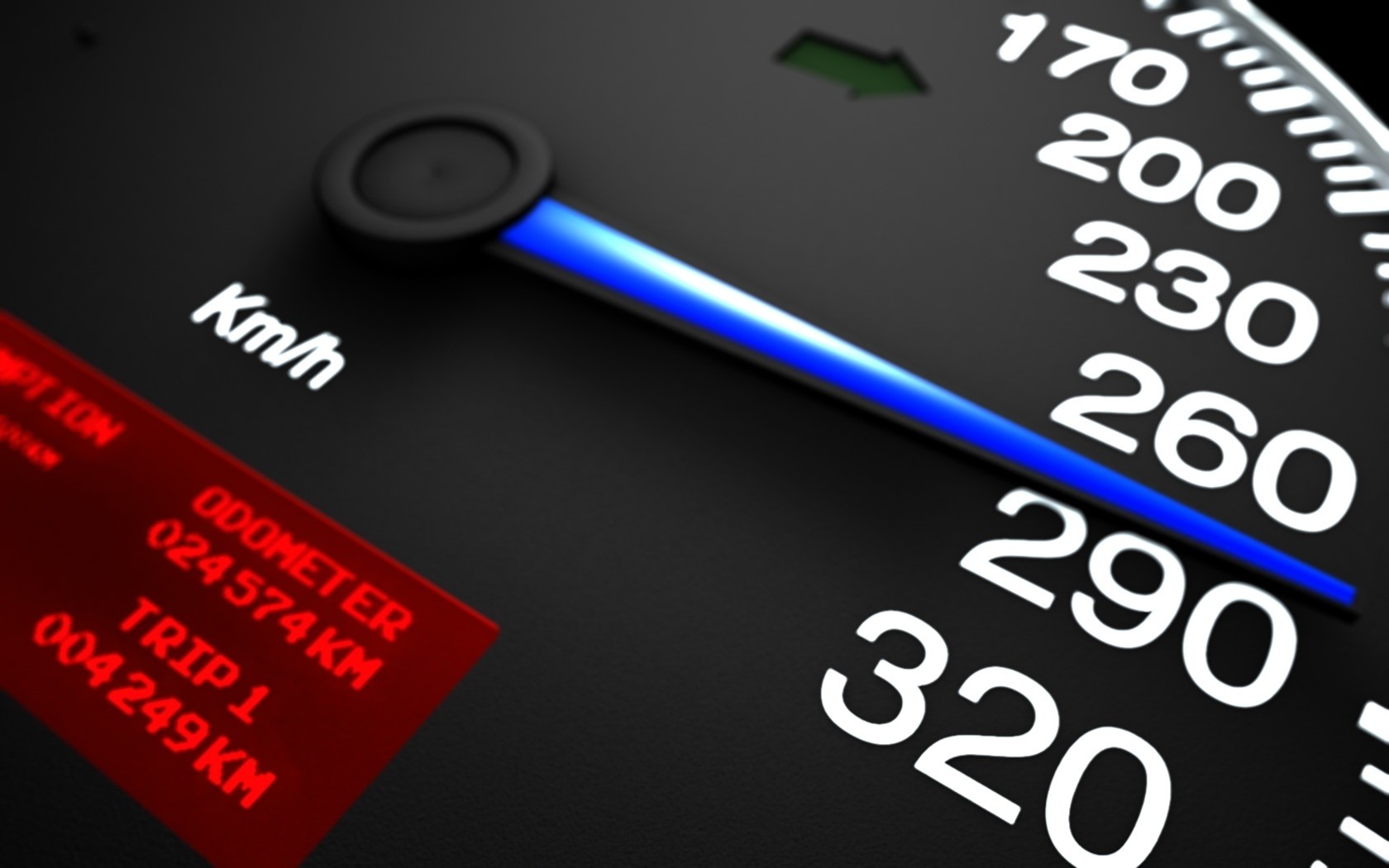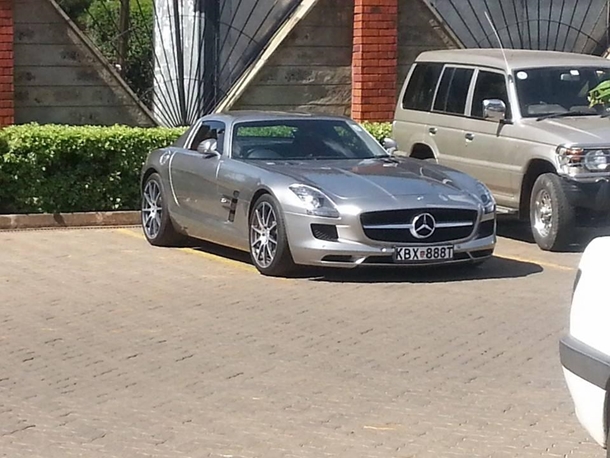 Buying a second hand car from a dealership can be a frustrating experience. Read our ten tips to avoiding second-hand car pifalls…
Buying a second hand car from a dealership can be a frustrating experience. Read our ten tips to avoiding second-hand car pifalls…
The Office of Fair Trading has reported a catalogue of serious problems in the second hand car dealership market that leave buyers out of pocket.Drivers are finding that problems with their second hand car are coming to light just months after they take ownership, indicating that dealers are hiding problems from buyers.
We have compiled a list of ten helpful tips to consider when purchasing a second hand car.
1. Check for vehicle clocking

For every 1,000 miles removed from the odometer, it increases the value of the vehicle substantially and is a highly illegal practice. It is worth checking for signs of tampering. Examine the dashboard for worn screws.
Look for chips made my stones across the front of the bonnet, grille and bumper - these can be an indication of many motorway journeys. Most cars average around 10,000 miles per year, so check the mileage on the clock roughly ties in with the age and appearance of the car.
Documents offer the only true proof that the car has not been clocked, so it is essential to check recent MOT certificates.
2. Look out for the ‘cut-and-shut.’
This is when the remains of two or more cars, which have usually been accident–damaged and written off by insurers, are welded together, then illegally given the identity of one of the wrecks.
The cosmetic work is often outstanding, and it’s usually very difficult to spot a ‘cut–and–shut’ from the outside. For absolute confidence, invest in a Car Data Check to unearth the car’s history.
3. Be wary of car cloning – or vehicle identity theft

This is when one car is given the identity of another by replacing the number plates with those from an almost identical vehicle - same make, model and colour. Consider getting the car professionally inspected for peace of mind.
If you are unfortunate enough to ‘buy’ a cloned vehicle then you will loose both the car and any money paid for it.
4. Buying from non-franchised dealers
Used car dealers have earned themselves something of an ‘Arthur Daley’ reputation for dodgy dealing, overcharging, clocking and poor back-up service, so precautions are necessary.
Check the dealer is a certified by the relevant Ministry, which demands certain standards. The more professional independent will also offer cars that have passed an RAC or AA pre-sale check.
5. Buying from a franchised dealer
Almost every car-maker sells approved used cars through their franchised dealers. These cars have been thoroughly checked, are usually less than three to four years of age, come with an MOT, full service history and warranted mileage, plus mechanical/breakdown insurance.
Buying from a dealer gives you the all-important legal protection under the Sale of Goods and Trades Description Acts as well as the security of having somewhere to take the car back to, but you will pay more. Dealers also sell non-approved cars which will be cheaper but without the legal reassurance.
6. Buying from a car supermarket

Car supermarkets tend to have lots of stock, fairly good prices and a more protection for the consumer compared to buying privately, if you have a problem.
However, you should always check prices carefully, as some will not be as good a deal as they may seem. Sometimes better values and warrenties can be arranged via private buyer and they tend to be quite limited on price.
7. Check the paperwork
If the vendor does not have the car’s registration V5 document, walk away. Accept no excuses about the V5 being ‘in the post’ or ‘lying around somewhere’. If it is not present the car may be stolen.
Examine the V5. Hold it up to see it has a watermark. Is the car registered to the person selling the car, and at the address you and the car are standing in front of? If not, why not?
The car’s number plate must match the document’s registration number. The Vehicle Identification Number (VIN) on the V5 should match the car’s. Cars over three years old must have an MOT. Check the car’s details match those on the MOT.
Check previous garage bills and look through any service history. Gaps in servicing should ring alarm bells.
8. Check the car

Do not go to view a used car alone and always go during the day. Take a friend for security to give you confidence and to act as a witness.
If you are not an expert make sure your friend is or pay an expert to come with you. Make sure you check the interior, bodywork, engine and always, always take the car for test drive.
9. Know your rights
If something goes wrong with your new purchase then it is important to know what your rights are.
If you buy the car from a dealer or car supermarket then you have entered into a legally binding contract. Therefore, you can expect the car to be of satisfactory quality, fit for purpose and as described when advertised.
If you think that the car is faulty or has been misdescribed then you should be covered. This means that for a short time after the purchase you have the right to get a refund of the purchase price.
Additionally, if you part-paid or fully paid for the car on your credit card (over £100) then you are covered for the entire cost of the car, if the car dealer was to go bust.
10. Double check everything before making an offer
If the car passes your inspection and test drive, it is worth double checking everything before making that offer.
- Double check these things in particular: Every car over three years old must have an annual MOT and, therefore, ensure the certificate is current (although this does not guarantee the car is still safe.) Ask to see service and repair history and well as repair receipts. Treat a denial that these receipts exist with suspicion.
- Check the mileage on the odometer tallies with service and repair receipts.
- Check the car’s registration and chassis number matches those on the registration document. Ask if it is permissible to have the car inspected by an independent mechanic. If it is (and you can afford the added expense) ask the mechanic to carry out a cylinder compression test to assess the condition of the engine and also to estimate the cost of any repairs he thinks may be warranted.
- Check the car’s registration and chassis number matches those on the registration document. Ask if it is permissible to have the car inspected by an independent mechanic. If it is (and you can afford the added expense) ask the mechanic to carry out a cylinder compression test to assess the condition of the engine and also to estimate the cost of any repairs he thinks may be warranted.
You can then ask for the cost of these repairs to be deducted from the asking price.
Read more:
http://www.thisismoney.co.uk/bargains-and-rip-offs/motoring/article.html?in_article_id=501319&in_page_id=53949#ixzz1EJbaZeJe







![Here are some of the best tuned cars in kenya by state of the art garages [PHOTOS]](../../../blog/wp-content/uploads/2013/11/29402_10151301757042065_340470732_n-e1384498044289.jpg)

![Top 20 Used Cars to Avoid Buying in Kenya – [PHOTOS]](../../../blog/wp-content/uploads/2013/11/top-used-unreliable-cars-to-avoid2-100x70.jpg)



